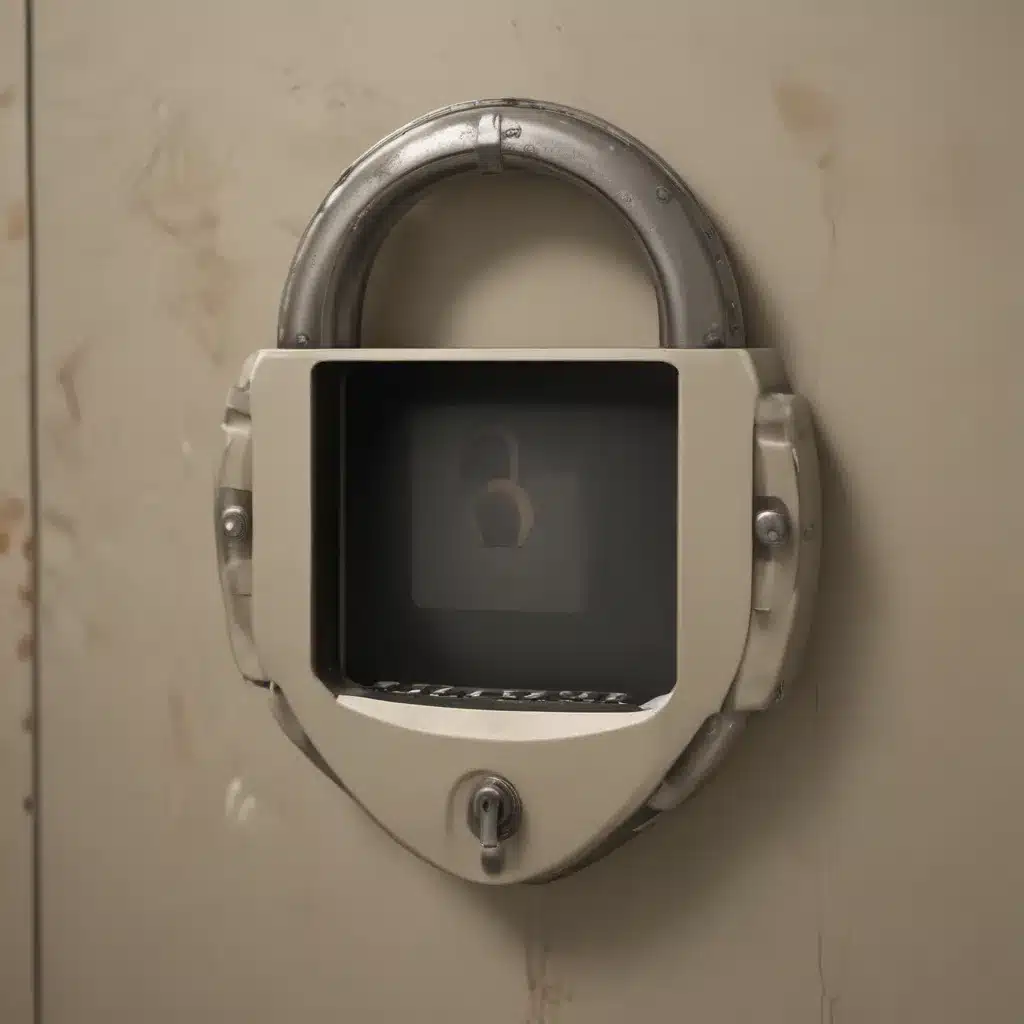When Disaster Strikes: Facing the Aftermath of Ransomware
Oh, the dreaded ransomware attack! It’s like a thief in the night, stealing your most precious digital possessions right from under your nose. One minute, you’re happily working away, the next, your files are held hostage, their extensions changed to some bizarre, unrecognizable format. Welcome to my world, my fellow tech-savvy friends.
I’ve been there, done that, and let me tell you, it’s not a pretty sight. But fear not, for I come bearing a roadmap to redemption – a guide to rebuild your life after the ransomware apocalypse. Together, we’ll navigate the treacherous waters of file recovery, virus removal, and restoring your digital sanity.
Assessing the Damage: Identifying Encrypted Files
The first step in this harrowing journey is to assess the damage. Open your eyes wide, take a deep breath, and brace yourself for the harsh reality. Start by scanning your system for any suspicious file extensions or names that don’t quite look right. [1] That “report.xlsx” file that’s now called “report.xlsx.id[232323-12312].acuff” is a dead giveaway that something sinister has taken over.
Don’t panic, though! This is all part of the ransomware’s modus operandi – encrypting your files and holding them for ransom. The good news is, your actual data is still there, just hidden behind a layer of digital voodoo. [2] The key is to find a way to peel back that layer and reclaim what’s rightfully yours.
Cleaning House: Disinfecting Your Devices
Now that you’ve identified the culprit, it’s time to go on the offensive. Ransomware doesn’t just infiltrate your files; it can also burrow deep into your system, waiting to strike again. [3] So, the next step is to unleash the digital equivalent of a nuclear bomb – a thorough, system-wide cleansing.
Break out the antivirus software, the malware scanners, and any other digital-age cleaning tools you have at your disposal. Scour every nook and cranny of your devices, leaving no stone unturned. [4] This is a no-holds-barred, take-no-prisoners kind of operation. Think of it as a deep clean for your digital home – because you don’t want that ransomware creeping back in, do you?
Restoring the Damage: Recovering Your Files
Alright, now that your devices are squeaky clean, it’s time to tackle the main event: recovering your encrypted files. [5] This is where the real magic happens, folks. Grab a cup of your favorite caffeinated beverage, because we’re about to embark on a journey of digital resurrection.
First, let’s see if your cloud storage provider, like OneDrive or Dropbox, has any version history or backup functionality that can help us out. [6] Sometimes, those files may have been backed up before the ransomware struck, and you can just roll back to a previous, unencrypted version. Fingers crossed!
If that’s not an option, fear not, for there are other ways to resurrect your files. [7] Remember those suspicious file names we spotted earlier? Try renaming them back to their original format and see if Dropbox or your other cloud storage service can recognize them. It’s a bit of a laborious process, but hey, desperate times call for desperate measures, am I right?
And if all else fails, don’t lose hope just yet. There are specialized data recovery tools out there that can sometimes work their magic on encrypted files. [8] Sure, it might cost you a pretty penny, but sometimes, your digital treasures are worth the investment.
Safeguarding the Future: Preventing Ransomware Attacks
Phew, we made it! Your files are back, your devices are clean, and you can finally breathe a sigh of relief. But let’s not forget the harsh lesson we’ve learned here today: ransomware is the digital equivalent of a natural disaster, and we need to be prepared.
From now on, make regular backups a sacred ritual. [3] I’m talking multiple copies, on different devices, in different locations. That way, if disaster strikes again, you’ll have a fallback plan that doesn’t involve negotiating with digital terrorists.
And don’t forget to keep your antivirus and malware protection up to date. [4] It’s like having a high-tech bodyguard watching over your digital kingdom. Sure, it might cost a few quid, but trust me, it’s a small price to pay for peace of mind.
So, there you have it, my friends. We’ve weathered the storm, reclaimed our digital lives, and emerged stronger than ever. Ransomware may have tried to bring us down, but we’re standing tall, ready to face the future with a renewed sense of resilience and a backup plan that would make even the most seasoned of IT professionals proud.
References:
[1] https://www.dropboxforum.com/t5/Delete-edit-and-organize/Safe-recovery-of-files-locked-by-ransomware/td-p/413945
[2] https://answers.microsoft.com/en-us/windows/forum/all/recover-encrypted-files-after-replacing-hdd-for/fd8bf391-e623-40ce-9d89-b7ee7bd30b7d
[3] https://www.quora.com/If-I-get-infected-by-a-ransomware-can-I-restore-my-computer-from-the-restore-points-or-will-they-be-encrypted-too
[4] https://community.commvault.com/self-hosted-q-a-2/mediaagent-recovery-after-a-ransomware-attack-2313
[5] https://support.microsoft.com/en-us/office/ransomware-detection-and-recovering-your-files-0d90ec50-6bfd-40f4-acc7-b8c12c73637f
[6] https://cloudian.com/guides/ransomware-backup/ransomware-data-recovery-5-ways-to-save-your-data/
[7] https://www.reddit.com/r/sysadmin/comments/zz2po0/recover_mssql_database_after_ransomware_attack/
[8] https://learn.microsoft.com/en-us/azure/security/fundamentals/backup-plan-to-protect-against-ransomware













